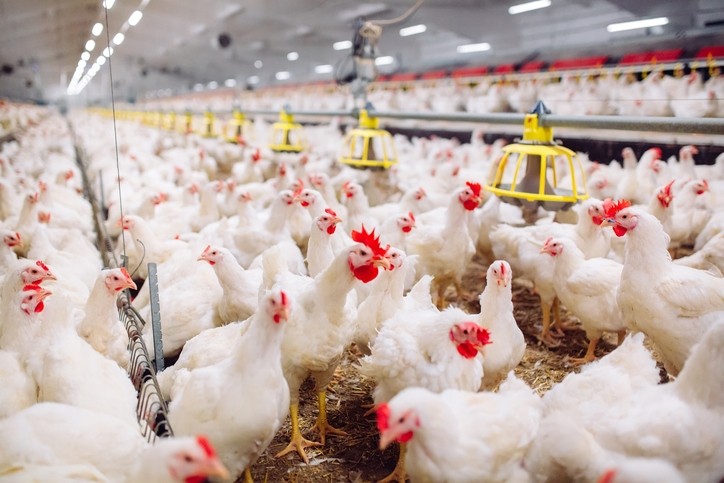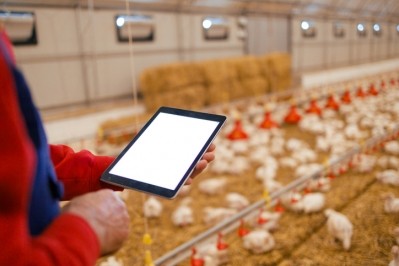Reports from IPPE 2024
Australian diets: Chelated trace minerals boost broiler growth, minimize environmental impact

At this year’s International Poultry Scientific Forum (IPSF) at IPPE, Dr Frances Yan, senior manager of global poultry research at Novus, presented findings from a collaborative study with the University of New England, Australia.
The trial explored the impact of supplementing a standard Australian broiler diet with mineral methionine hydroxyl analogue chelates (MMHAC) zinc (Zn), copper (Cu), and manganese (Mn) on broiler growth, carcass yield, and excreta mineral levels.
The study revealed that supplementing MMHAC at reduced levels could serve as a nutritional strategy, enhancing broiler growth performance while minimizing environmental excretion of Zn, Cu, and Mn.
Yan emphasized the significance of these trace elements for animal maintenance, growth, reproduction, and health.
Highlighting the environmental impact, she explained that high levels of inorganic trace minerals in broiler diets can harm the ecosystem. Inorganic forms, being chemically active, often interact with components in the gastrointestinal tract (GIT) and are poorly absorbed, leading to environmental excretion.
The Novus products, Mintrex chelated trace minerals, are organic and are bonded to the methionine source, HMTBa, which acts as a kind of protector, ensuring chemical bonds with those minerals so that they are delivered to the site of absorption while avoiding antagonisms in the GIT or from the diet that would otherwise diminish their effectiveness, she said.
The technology also enables the supplementation of chelated trace minerals at significantly lower levels in the diet, reducing environmental impact without compromising growth performance, continued Yan.
"Inorganic trace minerals, especially Zn and Mn, are typically included at 110-120 ppm in the animal's diet. However, we can incorporate our chelated minerals at the 30-40 ppm level, maintaining optimal growth performance,” she told us.
The study
The Australian trial involved 384 Ross 308 males, four diet treatments, eight replicate pens for each diet, and 12 birds per pen.
The diets comprised the following:
- Inorganic trace mineral ZnSO4 110 ppm, CuSO4 16 ppm, MnO 120 ppm (control, ITM)
- MMHAC Zn 40 ppm, Cu 10 ppm, Mn 40 ppm (MMHAC10)
- Inorganic trace mineral ZnSO4 110 ppm, tribasic copper chloride 125 ppm, MnO 120 ppm (TBCC125)
- MMHAC Zn 40 ppm, Cu 30 ppm, Mn 40 ppm (MMHAC30)
There were three feeding phases: starter (days 0-10), grower (days 10-21) and finisher (days 21-42) and the parameters measured included body weight, feed intake, FCR, carcass yield, nutrient digestibility, excreta mineral level, environmental conditions, and welfare status.
The findings
The results showed that birds fed the MMHAC10, MMHAC30 and TBCC125 diets tended to have higher feed intake with the highest feed intake observed for TBCC125 diets and the highest weight gain observed for MMHAC30 group compared to those fed the ITM control diet over the entire study.
Although, a significant difference was not obtained, birds fed MMHAC10 had numerically higher overall liveability and European productivity index over the entire study compared to the other groups.
Thigh and drumstick weight was higher in birds fed MMHAC30 compared to the ITM control group at day 42. At day 16 and day 21, feeding MMHAC at both levels significantly decreased Zn and Mn levels while feeding TBCC125 increased Cu level in the excreta compared to the other diets.













